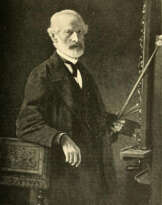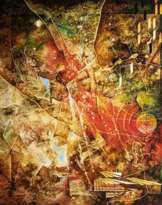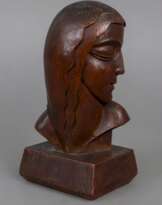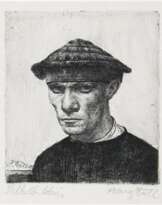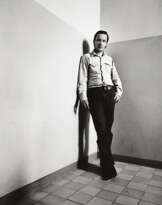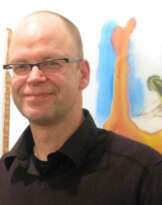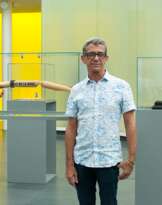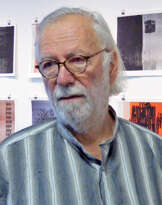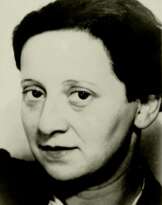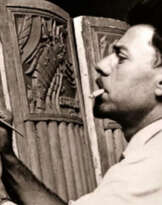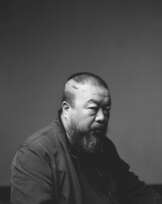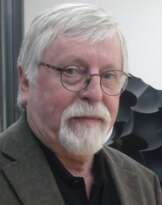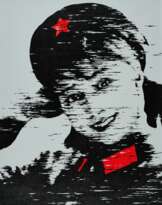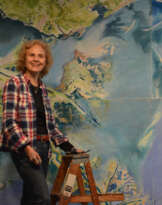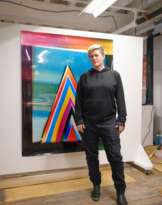Ekkeland Götze (1948)
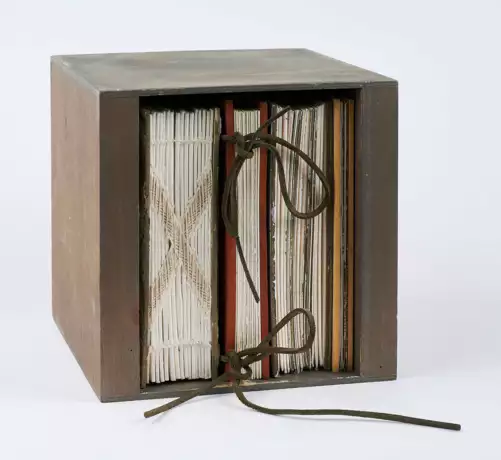
Ekkeland Götze
Ekkeland Götze is a German painter, printmaker and conceptual artist. After a training as a screen printer he educated himself as an industrial engineer through a correspondence course. Götze painted in his spare time, but he was not allowed to exhibit because of regulations in East Germany - formally he was a printmaker, not a painter. Because of these restrictions he filed an application for an exit permit 1985 which was granted in 1988. In 1989 Götze started to work on a project called "Erde" ("Earth"). He collects soil samples at extraordinary sites of human history around the world and applies them to paper, lime mortar or other backgrounds, making use of a standardized, self-developed technique he calls "terragraphy": He grinds the soil, mixes it with a binder and then applies it making use of a technique similar to screen printing. All backgrounds are square and of identical size. For each site the resulting works of art are given an individual name that reflects the importance of the site. According to Götze, the pictures capture th "spirit and energy" of the place where the soil was gathered. Götze runs a studio in Sendling. He is a member of the Neue Gruppe, an association of Munich artists regularly exhibiting at the Haus der Kunst museum. In 2018 Götze has been awarded the Seerosenpreis, a yearly award assigned to visual artists by the city of Munich.
| Date and place of birt: | 14 august 1948, Dresden, Germany |
|---|---|
| Nationality: | Germany |
| Period of activity: | XX, XXI century |
| Specialization: | Artist, Engraver, Painter, Photographer |
| Art style: | Conceptual art, Contemporary art |
| Technique: | Engraving, Screen printing |


